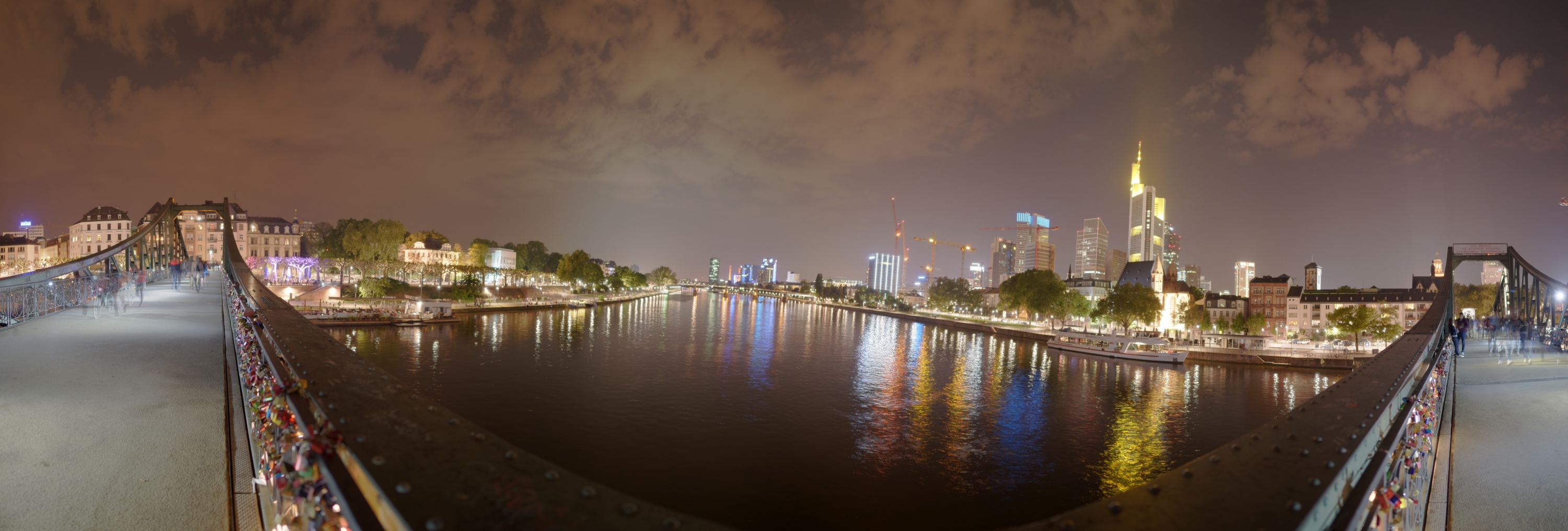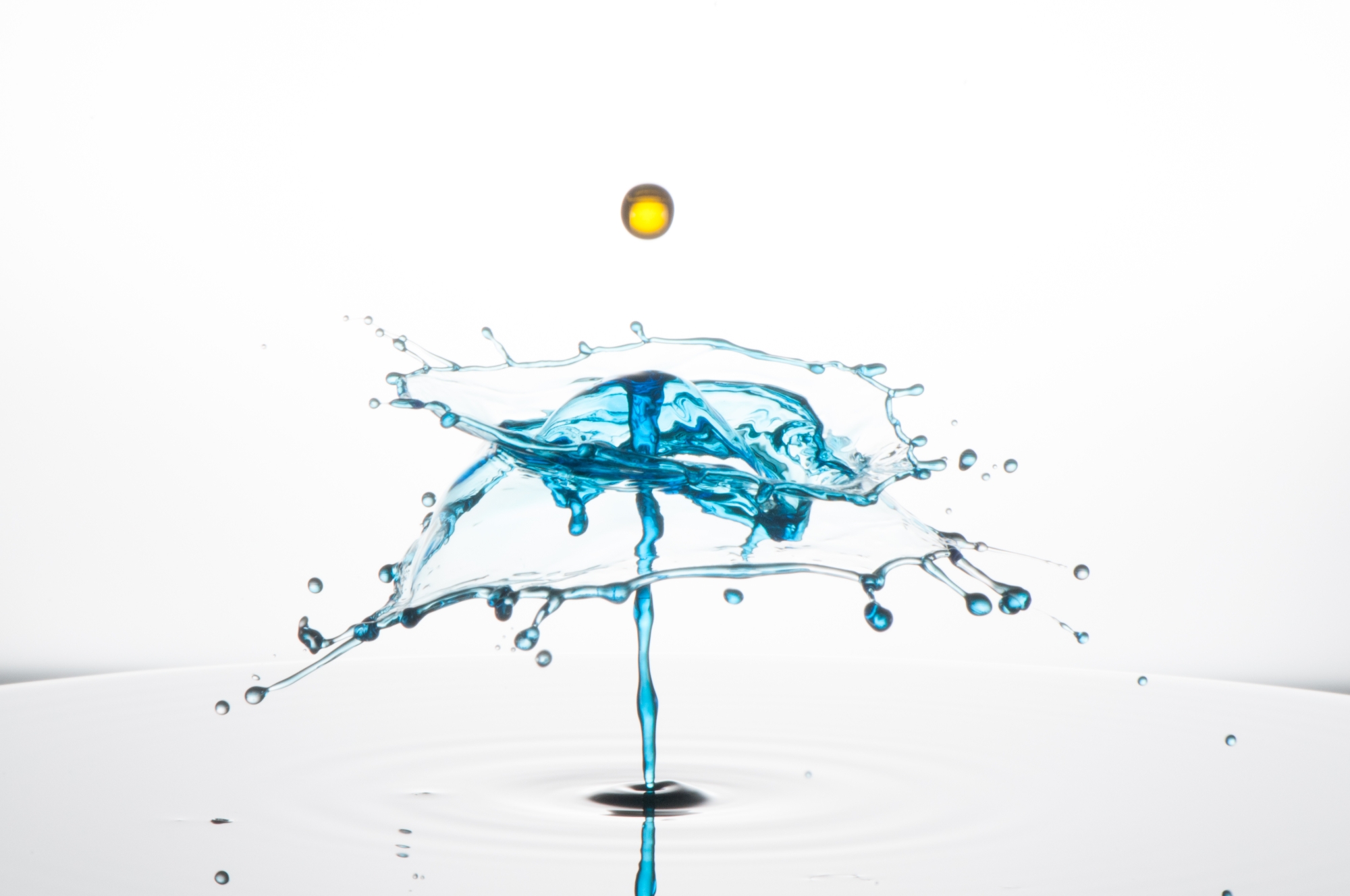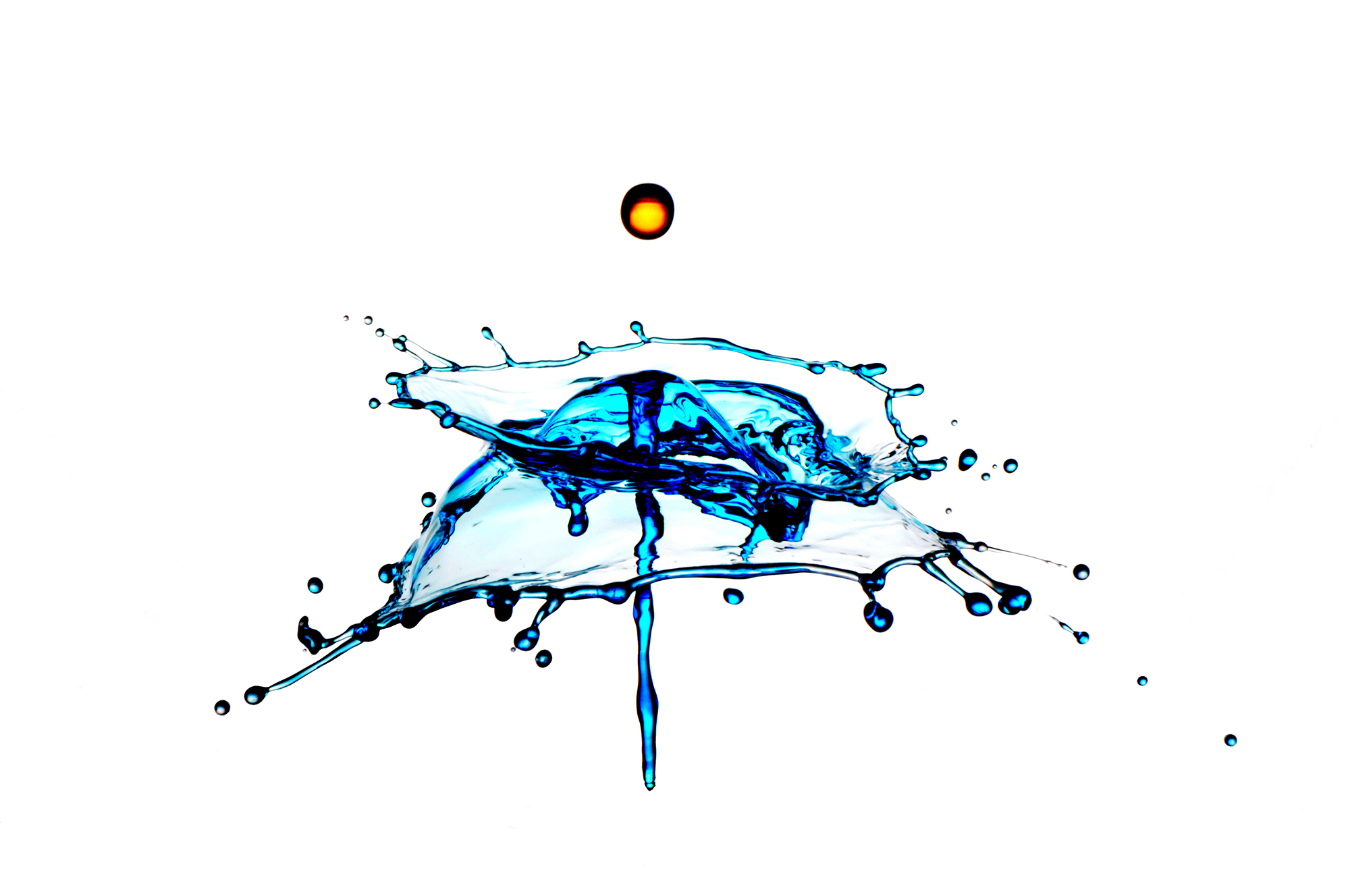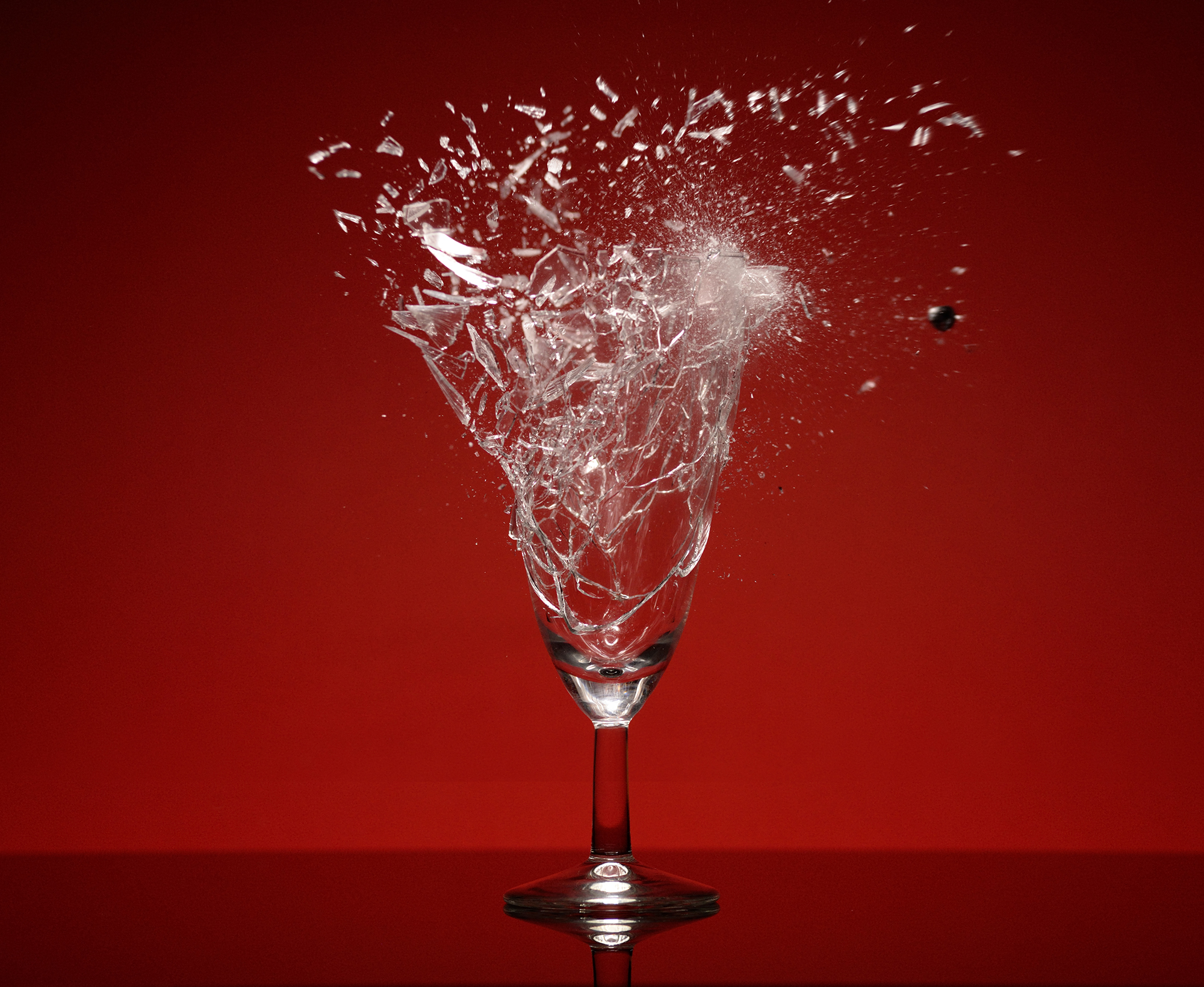My name is Stefan Dungs and live in a suburb of Aschaffenburg, the "Gateway to the Spessart", 50km away from Frankfurt\Main. I am a qualified computer scientist and have been working as "Head of IT" for a large group in the field of intellectual property for years.
I got my first camera, a Voigtländer Vito, as a present from my grandma. Since then I was infected with the photography virus.
My first visit to the Photokina in Cologne was in 1976. During my second visit to Photokina in 1980 I got to know the Nikon EM. The Voigtländer gave way to a Nikon EM in 1981.
Together with my father we ran our own darkroom, where we developed b/w and later colour films. We used equipment from Krokus and Durst to enlarged the pictures and of course Nikon magnifying lenses.
Over time, the Nikon EM was replaced by a Nikon FM, Nikon FE2, Nikon F301 and a F801s. The last two are still in my possession today. The F801s accompanied me for many years at home and abroad. At that time, I bought and sold many lenses at flea markets and photo fairs. Today I use ebay as a primary source to update my equipment.
2001 was my entry into digital photography. I started with an Olympus C5050Z the first 5MP on the market. But I quickly reached the limits with this camera, to slow and poor image quality. I replaced the camera in 2005 with a Nikon D70s. Two years later, the Nikon D300 followed.
In 2007, I discovered panorama photography for myself. Starting with the Panomaxx panorama head and the Autopano Giga v2 software, I gathered my first experiences.
The next logical step was to automate the manual panorama shooting process. In 2012, I bought a Skywatcher Merlin Go-To Astro head, which I converted for panorama photography. In combination with a laptop, a Bluetooth adapter and the Papywizard software, the first gigapixel panorama images were created. Over the years, I have adapted the system to my needs with more powerful batteries, mounts and paintwork.
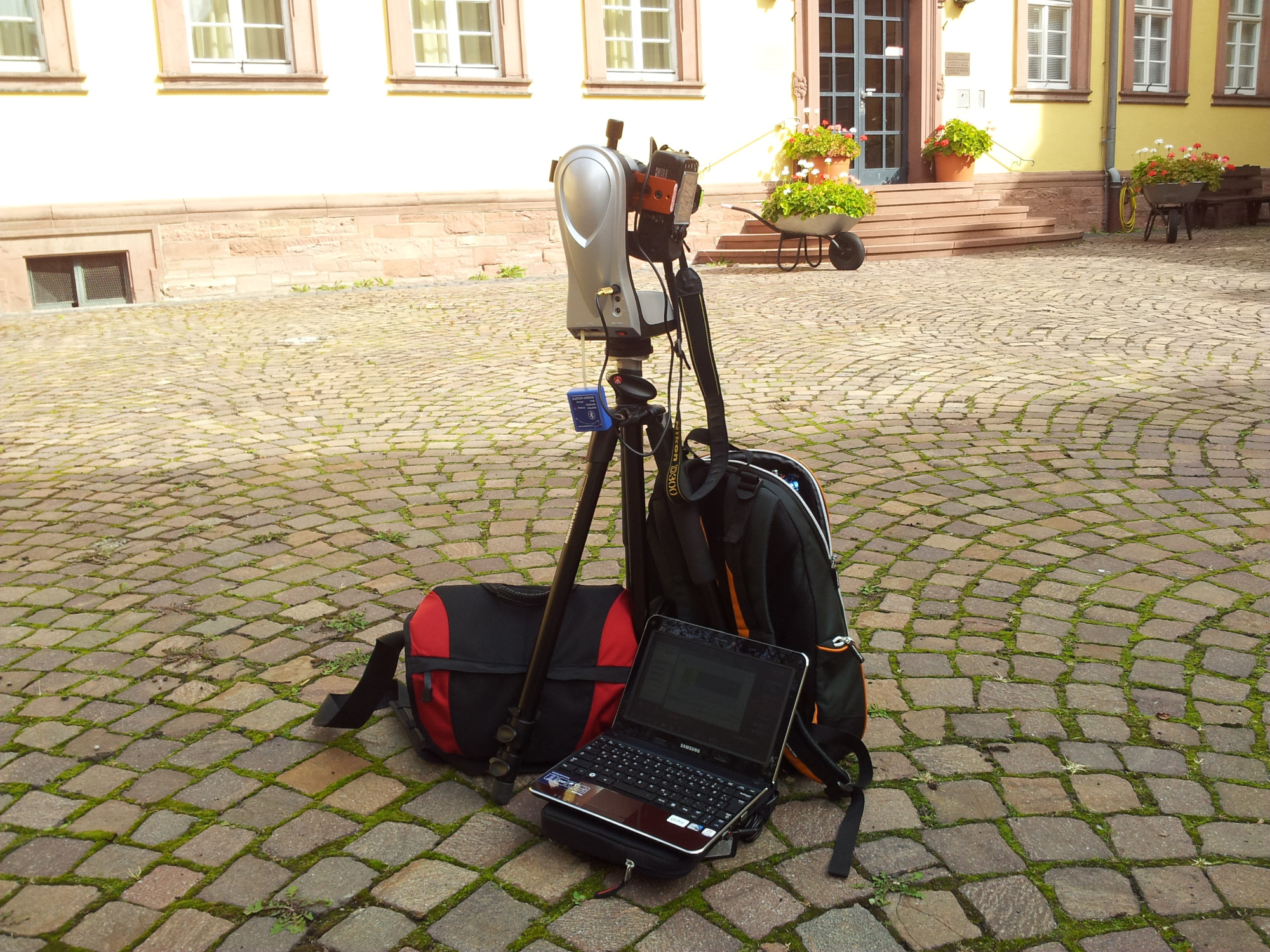 |
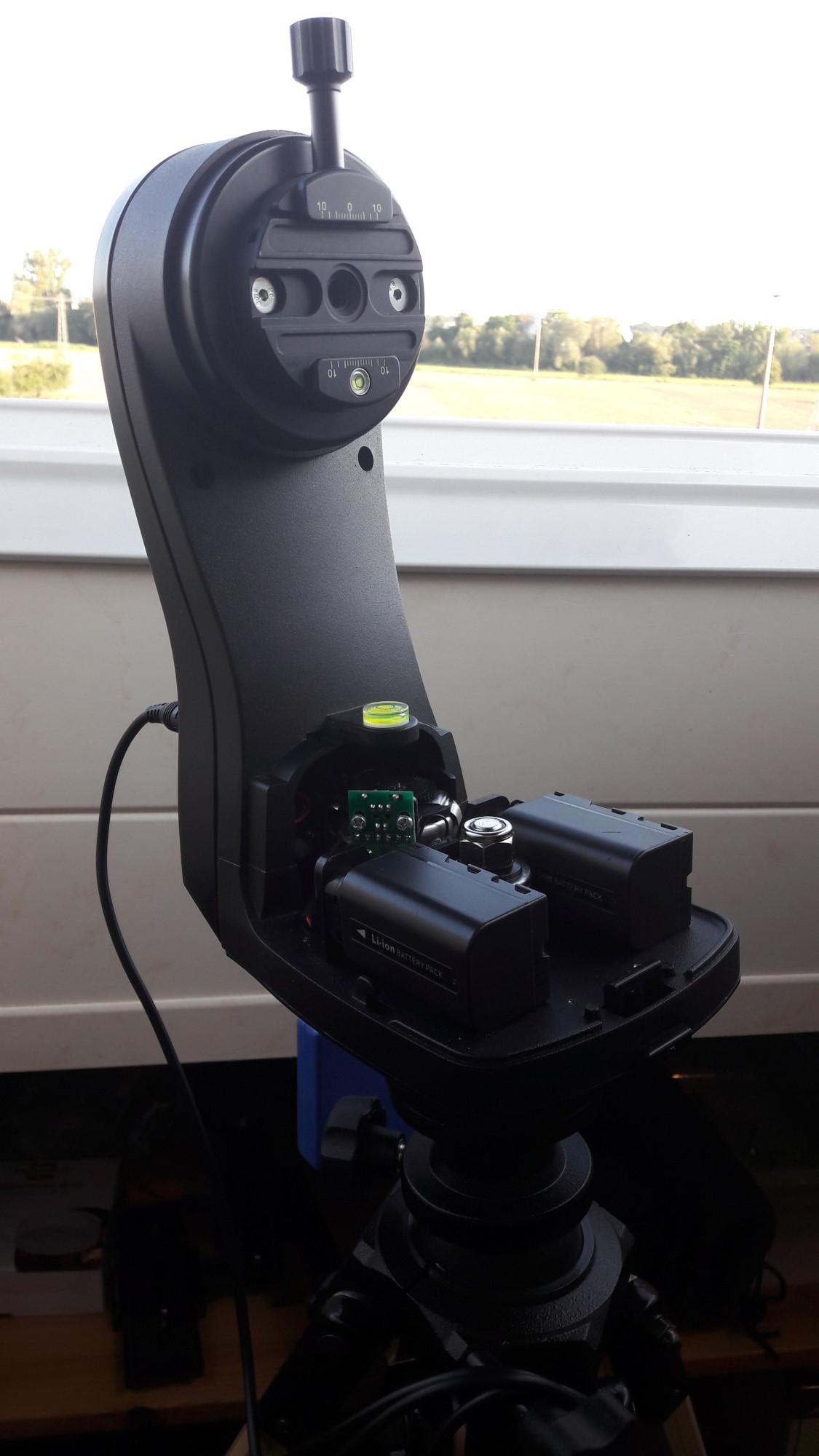 |
Unfortunately, the Nikon D300 successor, a possible Nikon D400, was a long time coming. But Nikon launched the Nikon Df in 2013. It was like a déjà vu, modern electronics in a classic body. With the Nikon Df, I switched 2014 from DX to full format, which I have not regretted to this day. The Nikon Df opened up new possibilities for me, especially for night photography and in combination with panorama photography. For example this Panorama images was taken in Frankfurt\Main at night 11:30pm in 2014
At the beginning of 2014, with the replica of the Photoduino, was the entry into high-speed and drop photography. I started with simple water-splash and drop-on-drop shots with one solenoid valve.
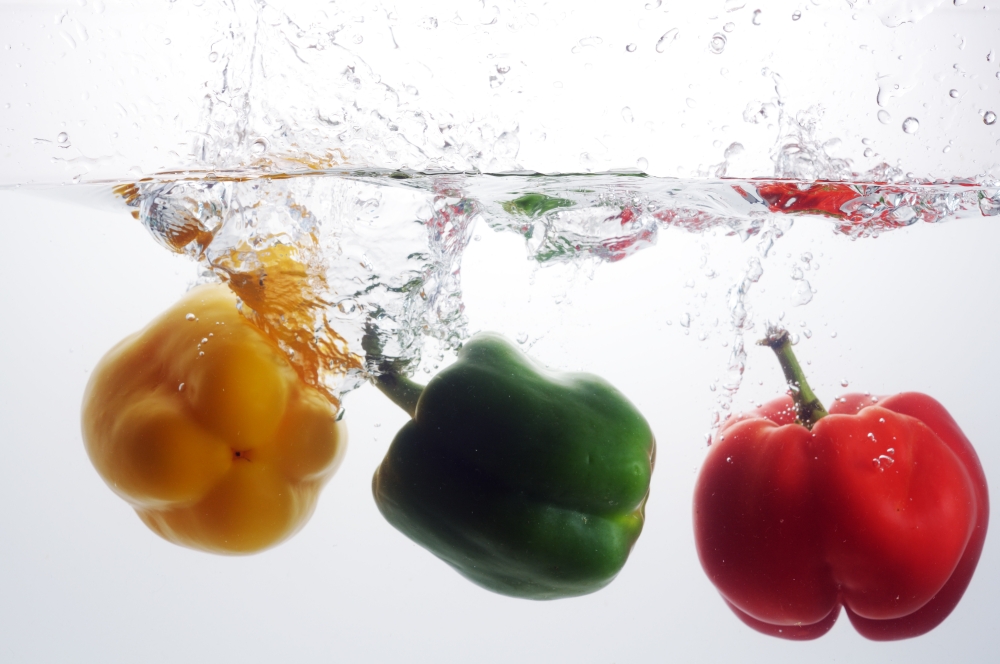 |
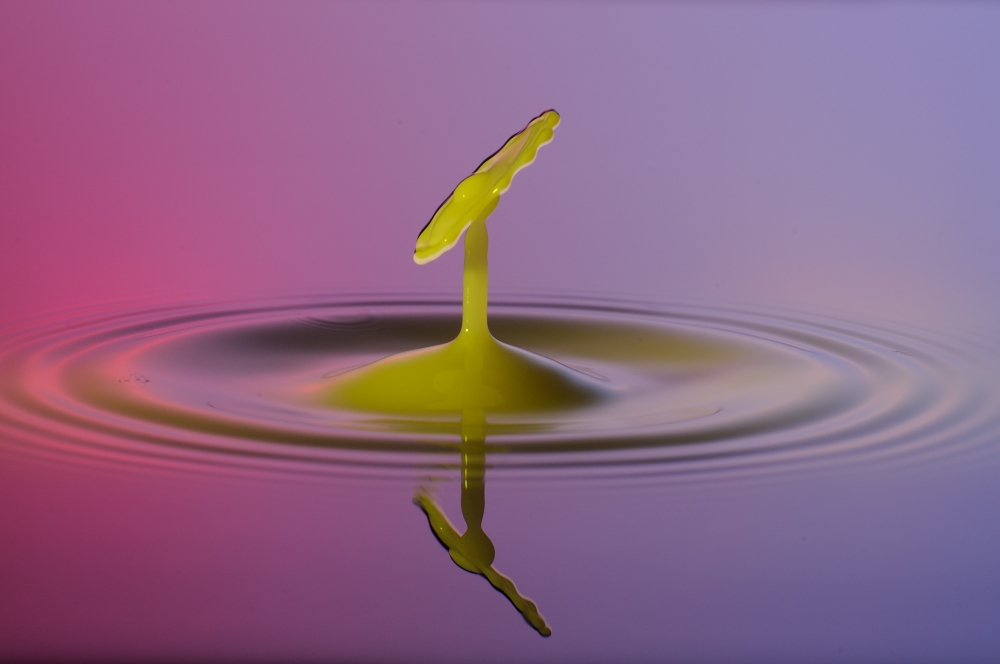 |
Inspired by Daniel Nimmervoll's water drop shots, the desire for something higher quickly arose. So in 2015/2016 I developed my own controller to independently control up to 6 solenoids, 2 cameras and 2 flashes. In 2017, the system was expanded later to include an LCD display. Now I was able to photograph more complex "figures", with drops from above and below. Here are some raw photos that show how precisely the images can be created. http://www.panoplace.local/index.php/work/highspeed/highspeed-xxl-tat
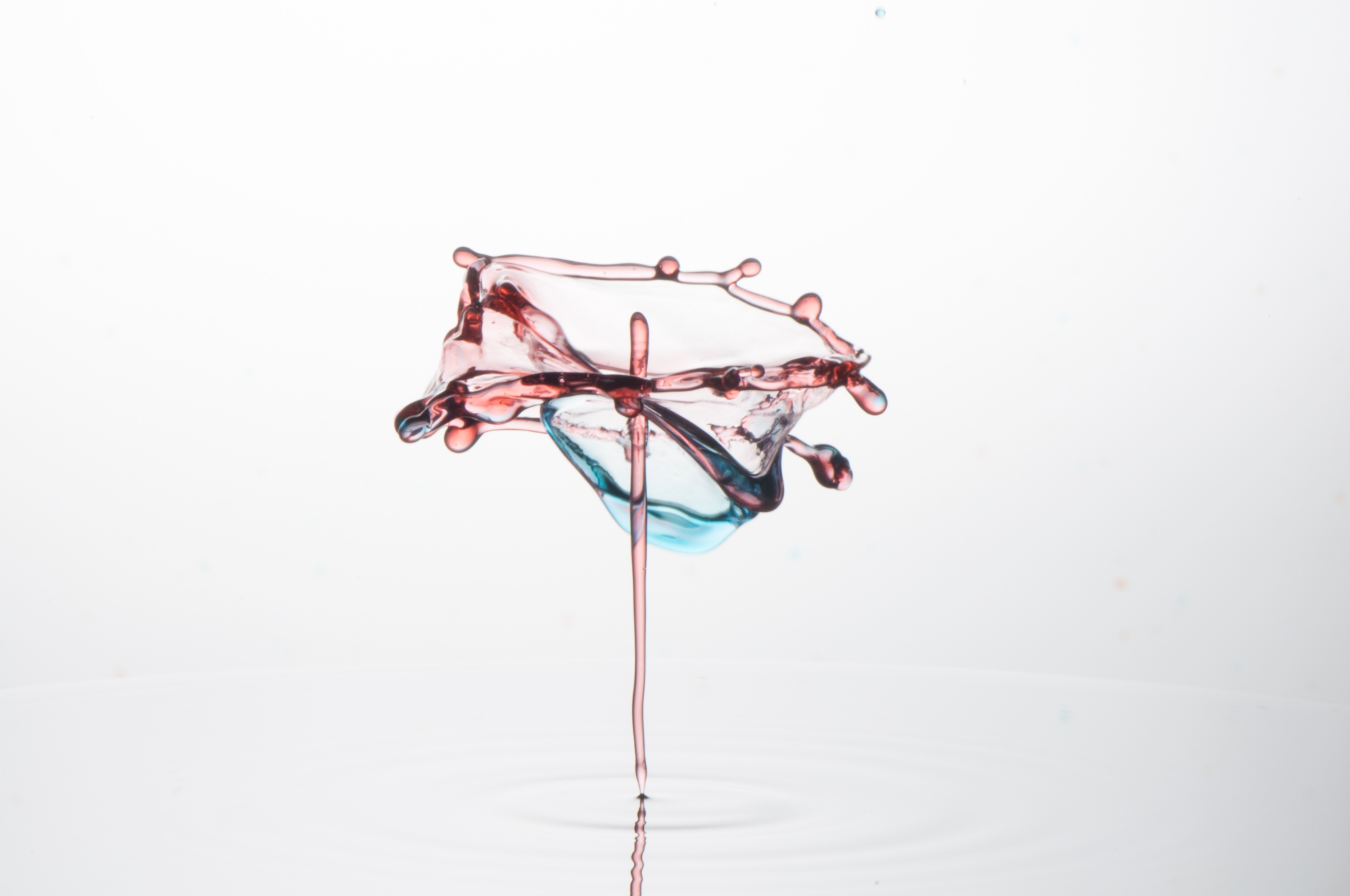 |
With a little retouching here and Photoshop there, the shots can be transformed into competition images with little effort.
 |
In 2015, my buddy Dirk gave me an air pistol. In combination with my controller and a stable frame with a wooden box, I was able to capture objects in the photo when the bullet hit them.
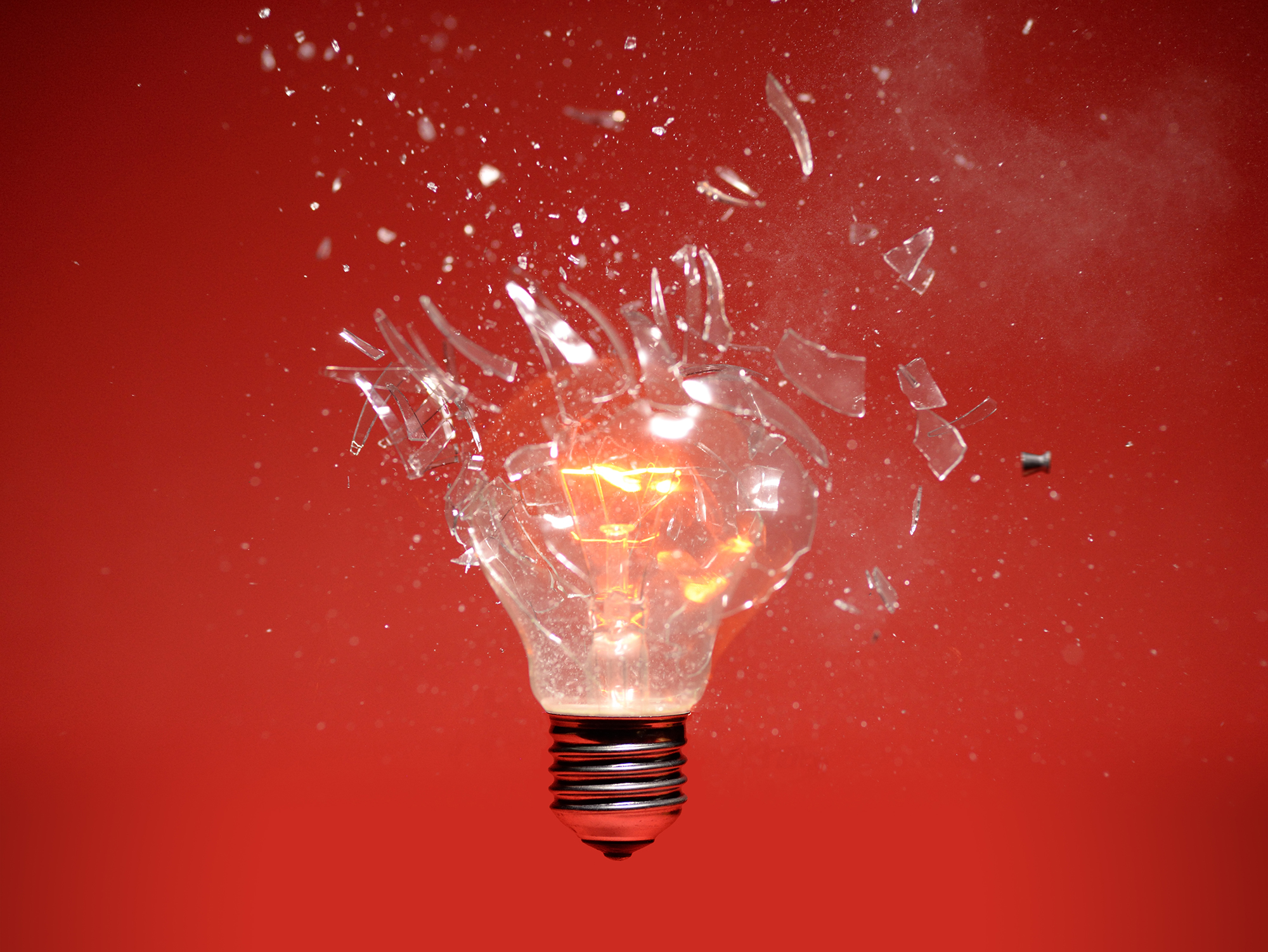 |
http://www.panoplace.local/index.php/work/highspeed/highspeed-shooting
Panoramic photography also became more and more professional for me, the Panomaxx head was exchanged for a newer version. I now own 2 Nikon D750, which I use for my "daily" HDR, panorama and gigapixel shots. The Merlin head was complemented by the Clauss Rodeon VR head HD. However, this system proved to be too heavy and too expensive to always carry on backpacking trips. I then exchanged it for the Clauss RODEON piXplorer in 2017. In combination with my Nikon D850 and an AF-S NIKKOR 300 mm 1:4E PF ED VR, I actually reached the limits of Photoshop when my image width exceeded 300000 pixels for a 360' panorama taken in the Allgäu.
Speaking of the Nikon D850, I bought the camera in 2019, just before my 1 month trip to Langkawi, an island on the coast off Malaysia. With it, I entered the world of bird and wildlife photography. Our on-site friend and tour guide Peter Höfinger, also a Nikon fan and wildlife photographer, was an endless source of expertise, photo tips and good locations.
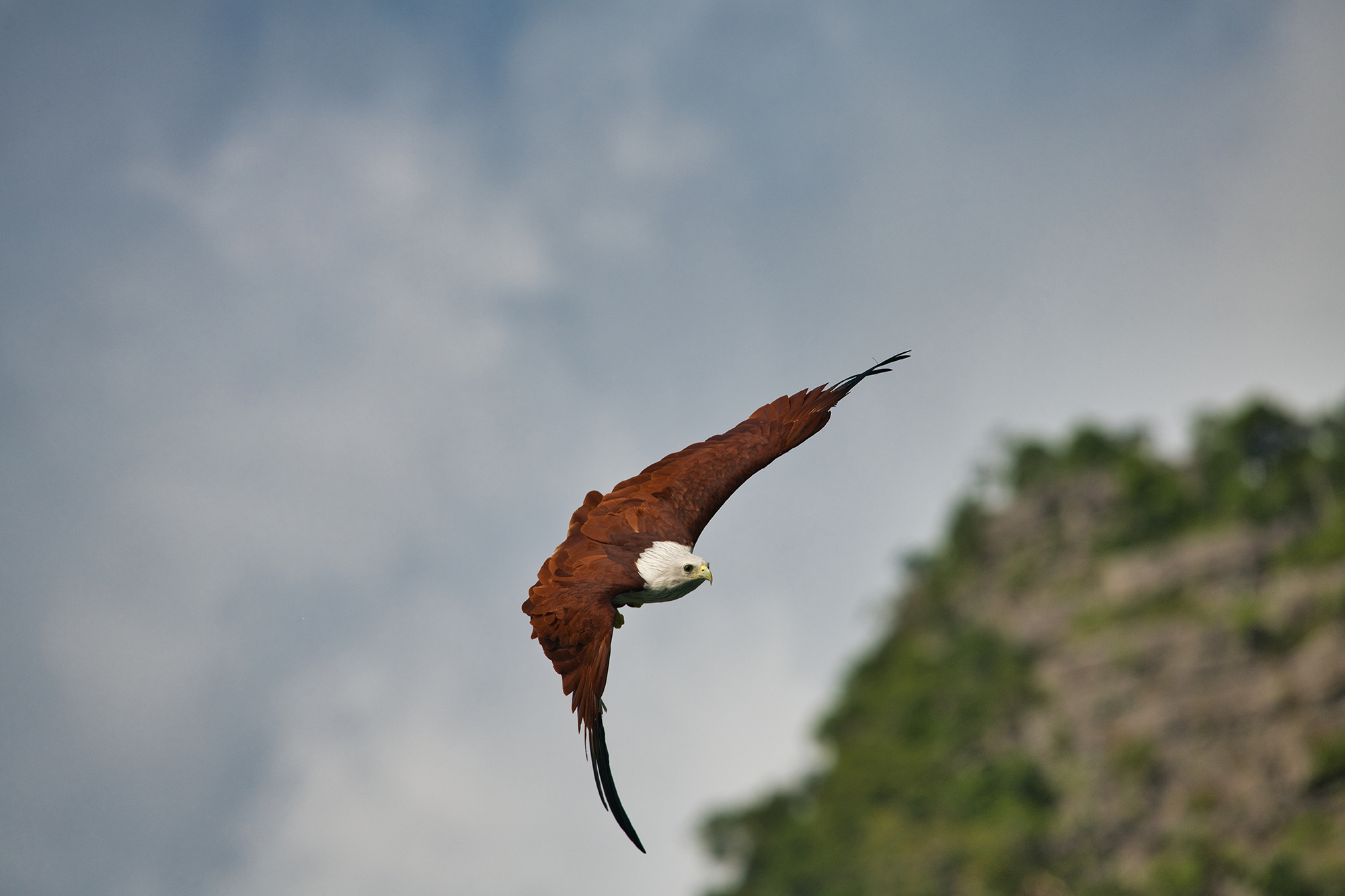 |
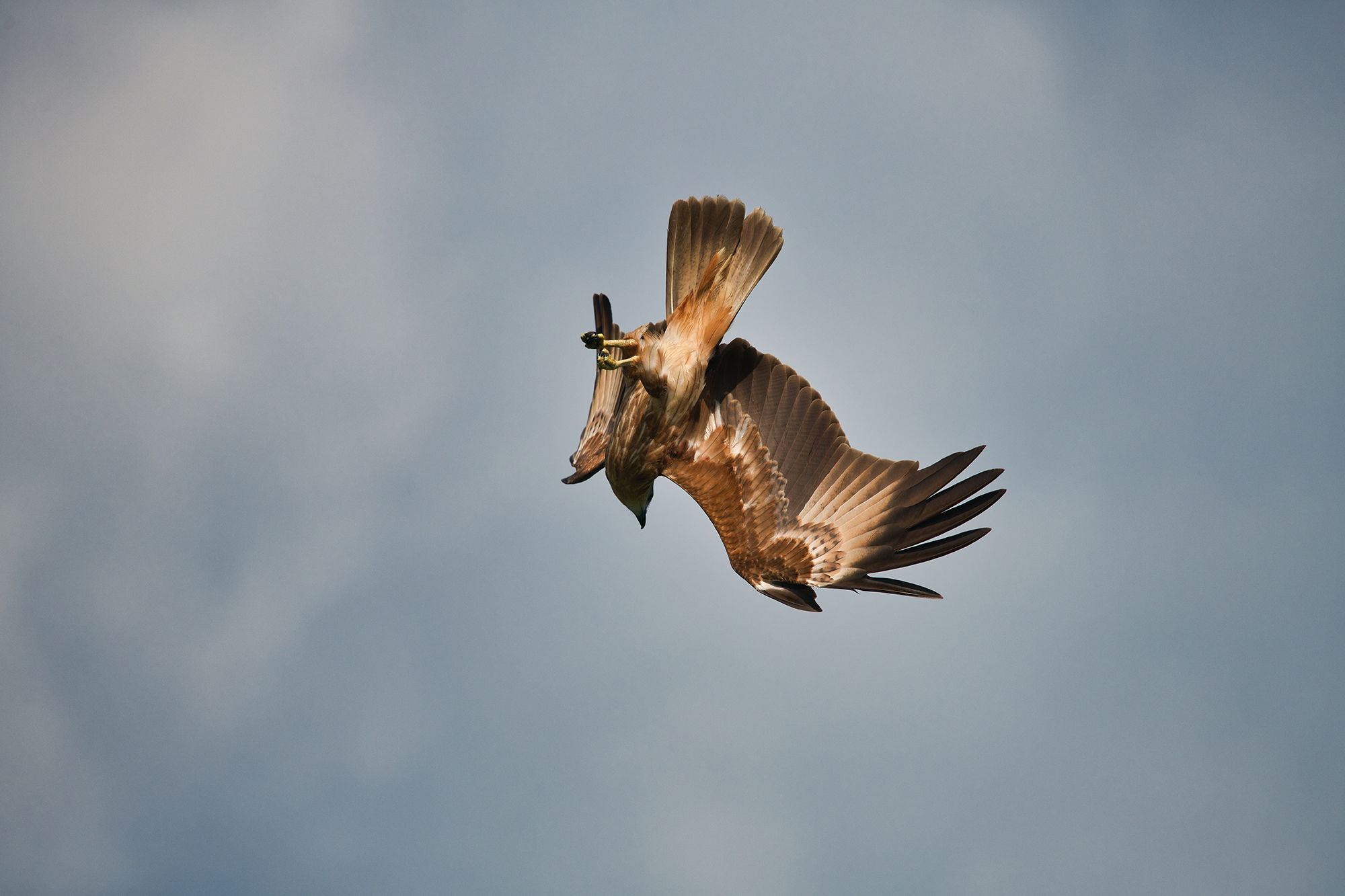 |
In 2017, I developed, what I now consider, a primitive focus-stacking system consisting of a converted rail system with a stepper motor and an Arduino Uno with a stepper motor shield and an LCD display. It was outdoor-capable with the built-in batteries, but far too big and cumbersome. At the end of 2019, I acquired a WeMacro rail system with controller. I quickly realised that the system, especially the controller, had many weaknesses and the rail system had some mechanical problems. The optical lens system, consisting of extension rings, adapters and lenses, also did not meet my professional standards. I contacted the company stonemaster.eu at the beginning of 2020. After a long conversation with Rainer Ernst the owner of stonemaster, we decided to work together on a solution for an outdoor stacker. I developed a WiFi-based controller that could be integrated into an existing system or used as a standalone controller. Since September 2020, the system has also been sold through the Traumflieger shop.
For my new focus stacking equipment I use a Nikon Z6, because the system is so fast with 8-10/frames per second that the vibrations with a classic DSLR camera lead to blurred images or the shooting times are too long due to the holding times. Furthermore the Nikon Z6 provides excellent Focus-Bracketing funktionality.
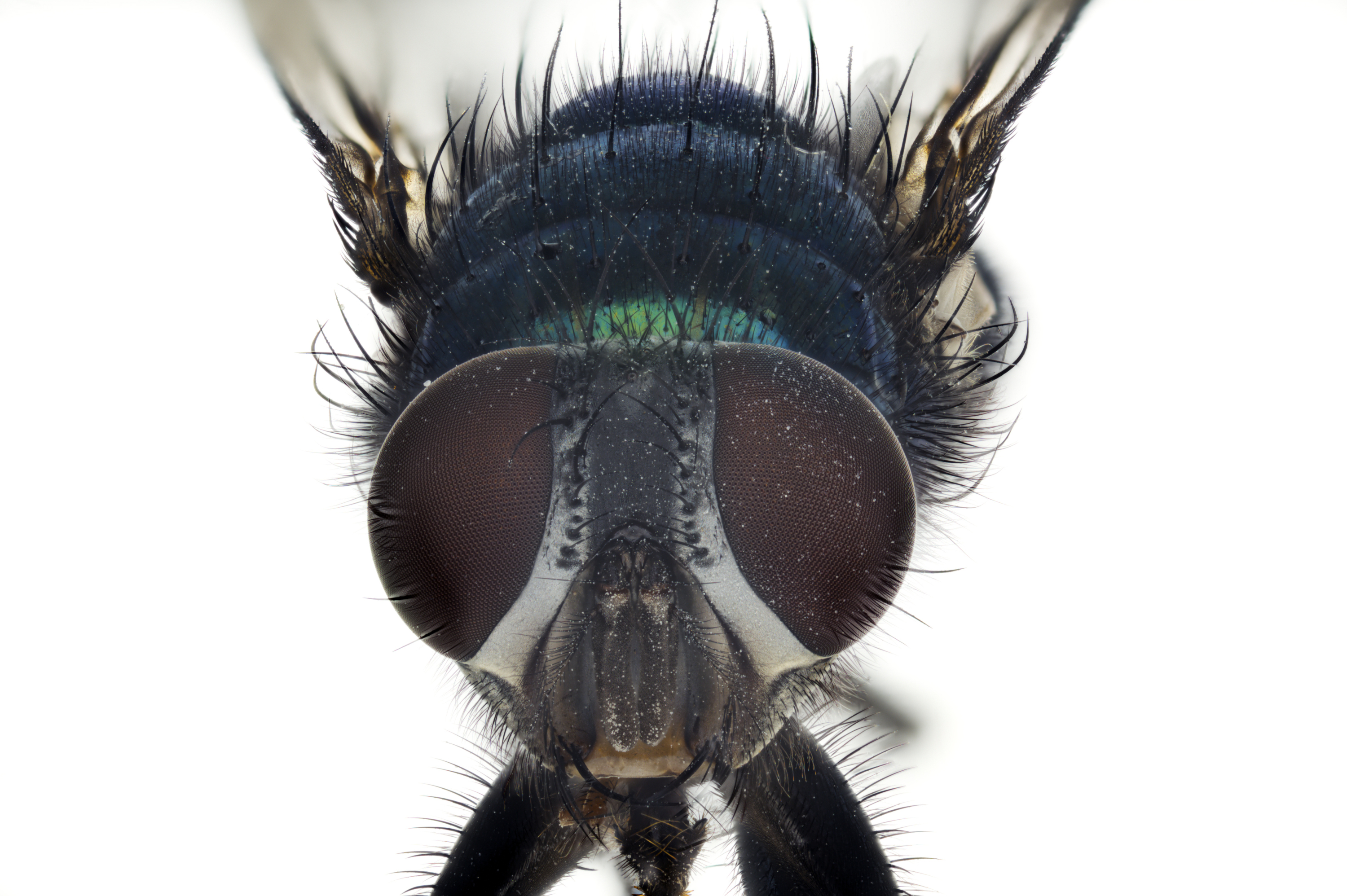 |
 |
The fly is taken with the StackMaster Revolution system (remember the controller is the one I developed) with 350 single images, stacked together with "Helicon Focus 7" software. The Flower is taken with a Nikon Z6 in Focus-Bracketing mode and stacked via "Helicon Focus 7" to the final image.
Since acquiring my Nikon D300, I only create raw images. In other words "I Shoot RAW". This gives me maximum flexibility, especially when creating HDR and panorama images. Speaking of HDR, besides the fact that I only create RAW images, I shoot in bracketing mode whenever possible. This means that I always create a correctly exposed image and one overexposed (+2 or +3) and one underexposed (-2 or -3) image. In this way, I am able to create an HDR image from all images at any time. The HDR software I use is either Photomatix or Aurora from Skylum. To "develop" my raw images I use Lightroom or Luminar from Skylum, depending on the type of image and purpose. For "pimping up" my images I use Photoshop over the last years.
Over the years I have now taken over 550,000 raw pictures, which end in approx. 2,000 panorama, 20,000 HDR, 1,500 stacked images and 120,000 "normal" photos. To cope with this mass, I save all my raw images on a QNAP NAS server and the "finished" images on another QNAP server. All images are stored in the Amazon cloud, as Amazon is the only cloud provider that provides unlimited storage for photos. Thanks to Amazon for this service.
I am constantly looking for new challenges, which I try to implement with absolute precision and professionalism. In my portfolio you can see such images, which are only possible by using complex techniques. Panorama, Water drop shots, high-speed photography, street photography, landscape photography, macro images as well as still and wild lifes expand the portfolio. Let yourself be inspired and enchanted. I invite you to admire my work and hope to inspire you.

